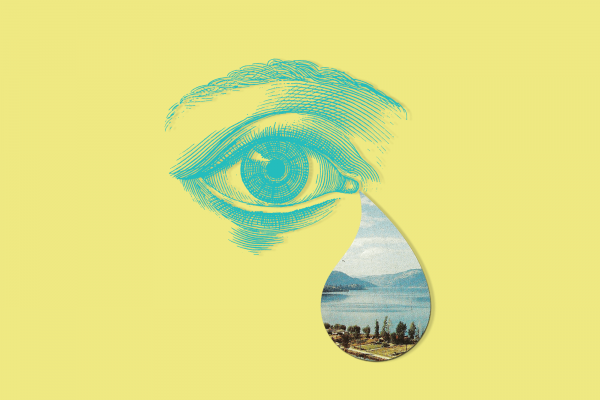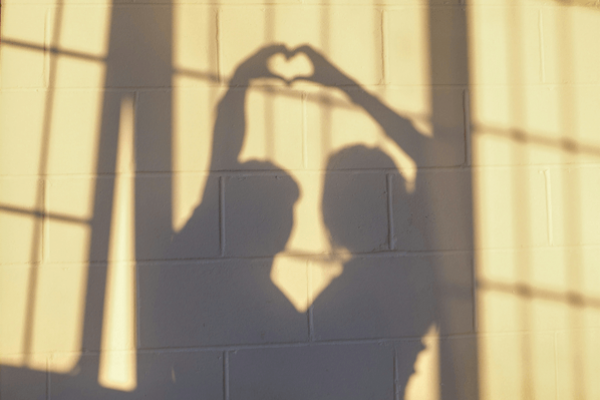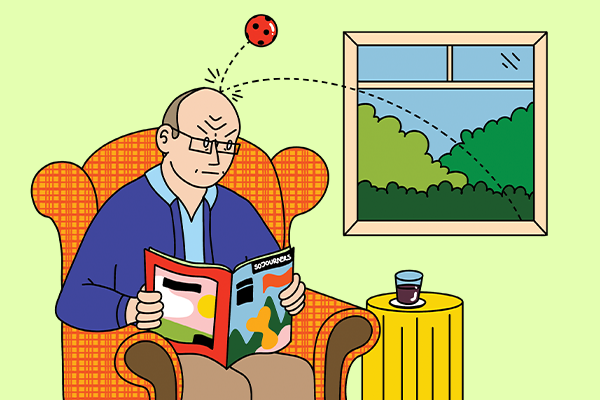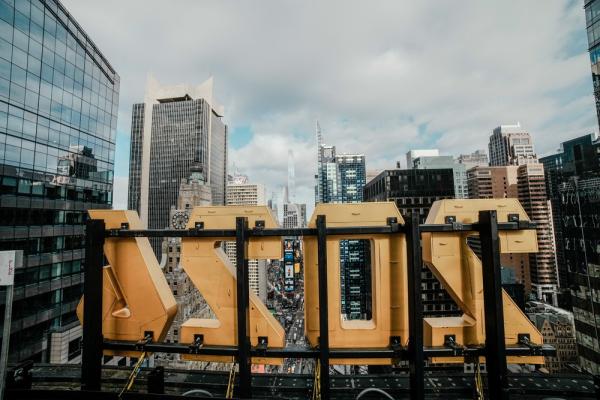OVER TWO MONTHS, I’ve been on three pilgrimages through stories of oppression in the U.S., water figuring prominently in each. Leaving the Whitney Plantation and rolling through nearby Louisiana bayous, I imagined African-descended men and women masking themselves in troubled waters from slave catchers. Rolling through the desert between San Antonio and McAllen, Texas, I imagined people of Spanish, African, Aztec, Mayan, and Incan origin scouring barren land in search of water, and flourishing.
Then I spent a week with my friend Ruth Anna Buffalo and her family and friends. Ruth is an enrolled member of the Mandan, Hidatsa, and Arikara Nation and the first Native American Democratic woman elected to the North Dakota legislature. Early in our time together, Ruth shared the story of her tribe’s movement north, from present-day Standing Rock. The Mandan settled in the bottomlands of Elbowoods.
From 1949 to 1956, the U.S. Department of the Interior built the Garrison Dam and intentionally flooded the treaty-bound lands of the Mandan, Hidatsa, and Arikara Nation, along with more than 20 other tribes, to save white communities experiencing natural flooding downriver. They named the human-made reservoir Lake Sakakawea. Elbowoods—the land where Ruth’s family flourished—is now under the water. And whites have claimed the “lakefront” property.
I drove, walked, and stood alongside Ruth for seven days. Three times we walked next to Lake Sakakawea in protest of and prayer for missing and murdered Indigenous women. Once, we carried a bucket of water and an eagle-feather staff along the Red River near Harwood, N.D. Hanging from the staff were 134 strips of red cloth carrying the names of 134 women found dead in the Red River over several decades. We walked in silence for two miles as part of a 550-mile walk of mourning organized by Sharon M. Day, a founder of the Indigenous Peoples Task Force. We walked twice more across and along the banks of Lake Sakakawea on the other side of the state, where Olivia Lone Bear was found submerged in a friend’s truck just half a mile from her house, nine months after she went missing in 2017.
Surrounded by oil drills, fracking flares, and “man camps,” the women and girls of the Mandan, Hidatsa, and Arikara Nation are vulnerable. Across the U.S., Indigenous women are most likely to be preyed upon in urban centers by non-Native men. The Urban Indian Health Institute, responding to the dearth of research on these attacks—despite the fact that almost three-fourths of Indigenous people in the U.S. live in urban areas—recently issued an in-depth study of missing and murdered Indigenous women and girls in 71 cities and found that 56 percent were murder cases.
We stood on the bank of Lake Sakakawea, named for the woman who guided Lewis and Clark through this territory. We offered tobacco to the water that had encircled Olivia and held her and revealed her body after her terror.
I wept at the water’s edge.
The water is alive. It has memory.
There is healing in the water.

Got something to say about what you're reading? We value your feedback!







